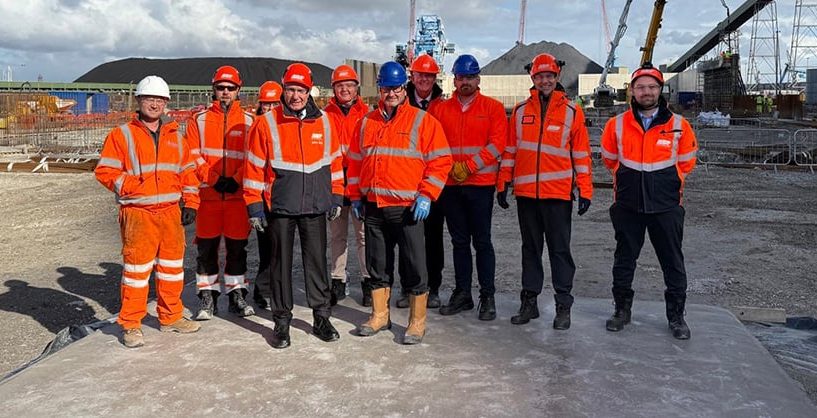Grain marketing company Viterra and ABP are to develop a £10m storage warehouse at the Immingham International Terminal.
The investment will add a further 40,000 metric tonnes capacity to Viterra’s existing capacity, giving almost 80,000 metric tonnes of undercover storage. The new facility is designed to support Viterra’s growing demand for efficient and reliable storage solutions, catering for their several different imported commodities.
Andrew Dawes, ABP’s Director of the Humber ports said: “We are thrilled to partner with Viterra on this significant project. This new warehouse alongside deep water berths, will not only increase our storage capacity for Viterra, but also reinforce our position as a leading UK port for the import and export of Agri-Bulks.
“Through our commitment to investing in supply chain solutions, we are not only improving our ability to better serve our customers, but also strengthening British trade. This investment is about creating a more resilient, responsive infrastructure that uplifts key sectors across the economy. By prioritising efficiency and agility, we’re building a robust supply chain that will support growth today and drive sustainable progress for the future in our mission to Keep Britain Trading.”
Viterra MD James Maw added: “This investment is a testament to our dedication to providing top-tier services to our clients. The new facility will enable us to better serve our customers and meet the increasing demand for high-quality storage solutions.”
Globally, Viterra is a world-leading agriculture network, active in 39 countries worldwide, marketing more than 100 million metric tonnes of agricultural commodities per year. The company renewed its relationship with ABP in April 2022 with the opening of a new 35,000 mt storage facility located on the Humber International Terminal. This is complemented by additional storage within ABP’s Bulk Park facility located within the Port of Immingham.
ABP has invested significantly in grain handling operations across the group to maintain customer demand. This has included purchasing new cranes, refurbishing existing cranes and investing in landside equipment.



